Five Fertilization Tips – Backed By Science
Emily Fielder2025-08-07T06:45:56-06:00When it comes to fertilizing plants, the most important truth is this: every plant has unique nutritional needs, and those needs are influenced by far more than the plant type. Geography, soil composition, moisture levels, water quality, planting conditions, and even the time of year all play an important role in determining the correct fertilization approach. Fertilization is your friend for a thriving garden! This post covers five of our most popular fertilization tips.
Fertilization Tips
Know Your Plant’s Preferences Before You Feed
Start by identifying the species and cultivar of your plant, then match your fertilizer to its nutritional preferences. For example:
- Acid-loving plants like azaleas, camellias, and blueberries need fertilizers that lower soil pH and include ammonium forms of nitrogen.
- Native or xeric plants in low-water landscapes (like lavender or salvia in Texas) typically thrive with little or no fertilizer, especially in nutrient-lean soils.
- High-demand annuals and vegetables (like tomatoes or petunias) benefit from frequent applications of balanced or high-phosphorus fertilizers, especially in containers.
Soil Testing Is Your Best Friend
A soil test will give you key information about pH, nutrient deficiencies, organic matter, and salt levels. One of the most important fertilization tips is that understanding your soil type is essential to avoid under- or over-fertilizing. For instance:
- Alkaline clay soils (common in the American Southwest) can lock up iron and phosphorus. Choose chelated iron and phosphorus sources designed for high-pH soils.
- In sandy coastal soils, nitrogen leaches quickly – slow-release granular fertilizers are better here.

Match Fertilizer Form to Plant and Conditions
- Use liquid fertilizers for quick uptake in container plants and annuals, or for foliar feeding.
- Choose slow-release fertilizers for perennials, shrubs, and trees to avoid nutrient spikes and minimize runoff.
- Granular fertilizers are ideal for lawns or in-ground beds but require proper watering to activate.
- Avoid fertilizing dormant plants – feeding them when not actively growing can stress the roots and invite disease.
Watering and Fertilizing Go Hand-in-Hand
Knowing when to fertilize is an important piece of the puzzle. And, that answer depends on the type of fertilizer:
- Water first if you’re using granular fertilizer, especially synthetic ones. This prevents root burn.
- Water with the fertilizer if using a liquid feed – plants absorb nutrients more readily when they’re hydrated.
- Never fertilize dry soil, and don’t apply fertilizer right before heavy rain – it just runs off and pollutes local waterways.
Consider Local Climate and Rainfall Patterns
In humid, rainy climates (like the Gulf Coast), heavy rains can flush nutrients – frequent light feeding may be needed. In dry climates (like the Southwest), slow-release fertilizers help avoid salt buildup. Also consider these fertilization tips:
- Plants irrigated with high-pH municipal water may need acidifying treatments or chelated nutrients.
- Mulch can moderate soil temperature and moisture, indirectly affecting fertilizer availability and root uptake.
Fertilization Tips – how it varies from plant to plant
Fertilizing a hydrangea in acidic clay soil in Georgia is wildly different from feeding a bougainvillea in the sandy alkaline soils of Arizona. Consider the following examples:
- Hydrangea macrophylla: May require aluminum sulfate to maintain blue blooms in acidic conditions, with moderate nitrogen and high potassium.
- Citrus trees: Thrive with high-nitrogen fertilizers with micronutrients like magnesium and iron, especially in sandy soils.
- Native prairie grasses: Generally don’t need fertilizer at all – too much nitrogen can lead to flopping and invasive growth.
- Succulents and cacti: Minimal feeding, very dilute solutions only during active growth; they’re adapted to nutrient-poor soils.
If you find these fertilization tips helpful and would like to learn more about location-based plant care, PlantTAGG can help! We can show you exactly how and when to fertilize your plants with easy reminders along the way. Download the PlantTAGG app today at no charge — available for both Apple and Google Play. Happy Gardening!



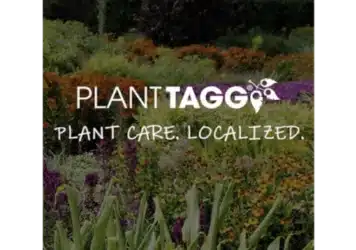
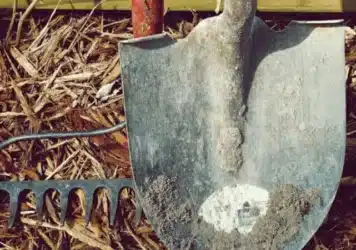
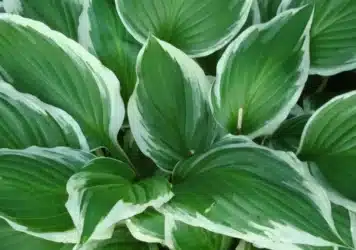
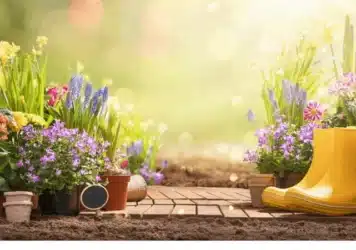
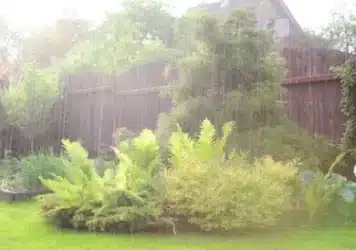

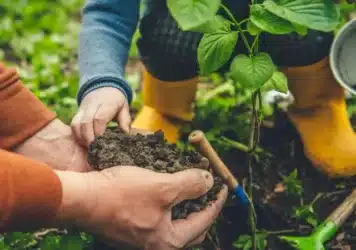
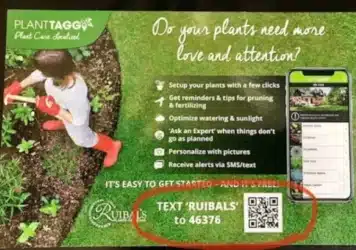
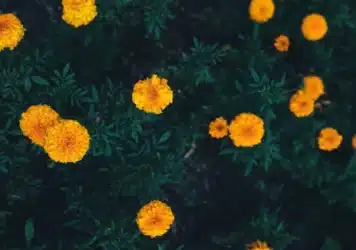

Leave a Reply